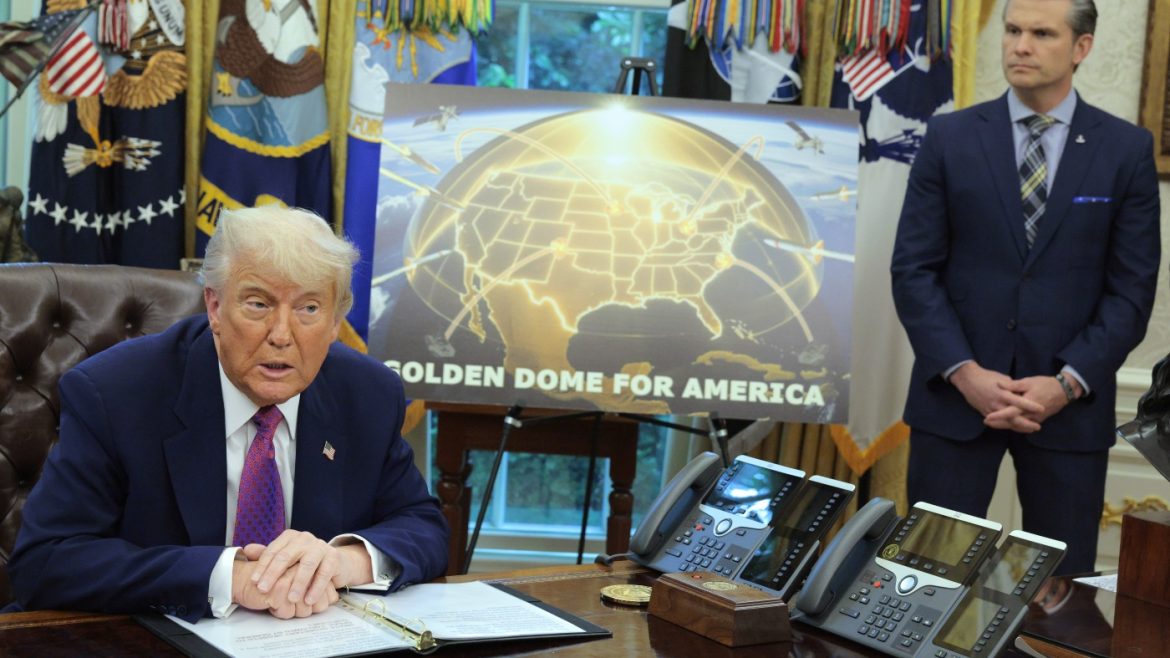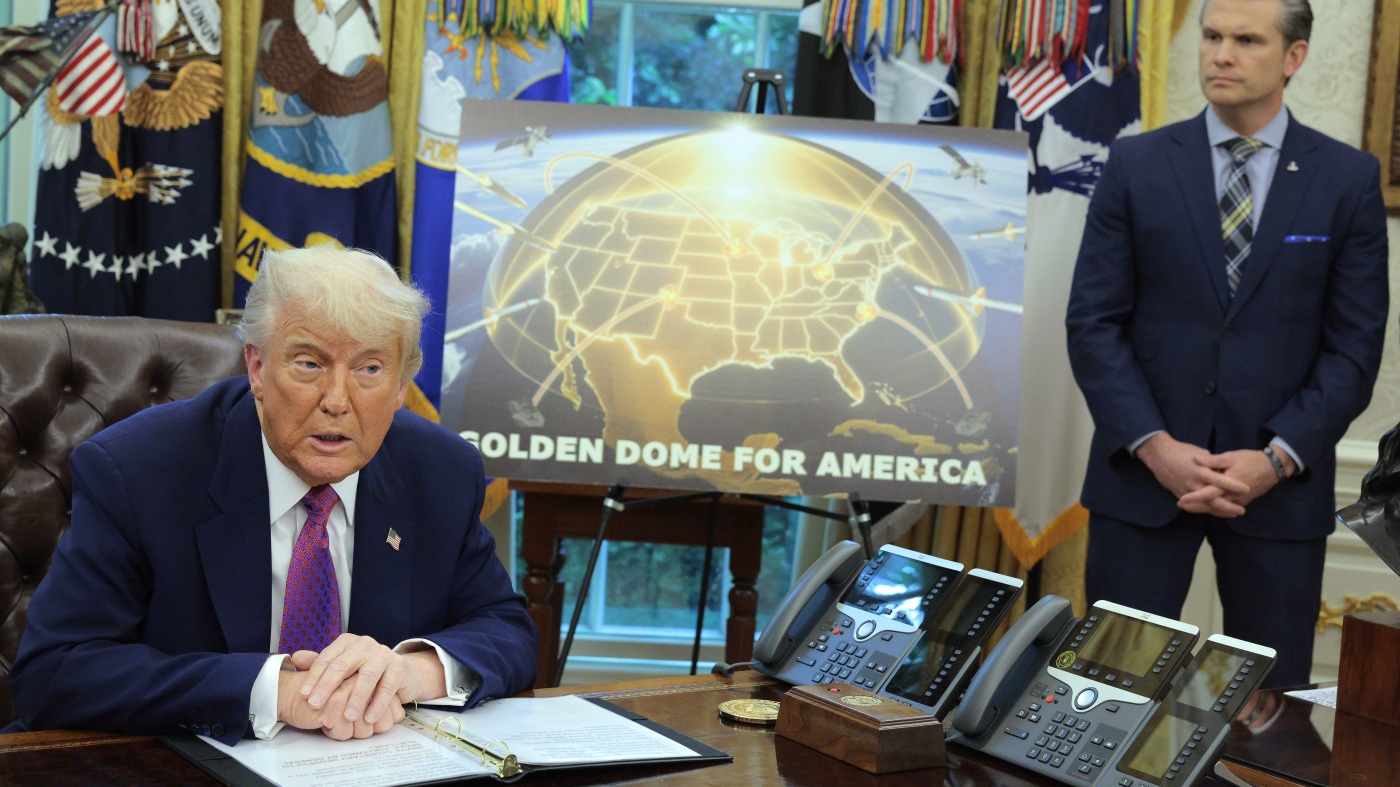The Vision Behind Trump’s “Golden Dome” Missile Defense Initiative
President Donald Trump has unveiled a groundbreaking and extensive missile defense plan called the “Golden Dome.” This ambitious initiative seeks to create a comprehensive, multi-layered national defense shield capable of intercepting ballistic and cruise missiles launched from anywhere in the world. With a projected cost of approximately $175 billion and a timeline aimed at operational status within three years, the Golden Dome represents one of the largest missile defense gambits in recent U.S. history.
Concept and Components of the Golden Dome
At its core, the Golden Dome is envisioned as an integrated missile defense system that combines space-based sensors and interceptors with ground-based missile defense infrastructure. A key technical innovation is the deployment of specialized satellites tasked not only with missile detection but also with interception capabilities from orbit. This would be a first for the United States, placing active missile defense weaponry in space to create a protective “dome” around the country.
The program includes:
– Space-based missile sensing and destruction: Satellites equipped with advanced sensors and missile interceptors would monitor and neutralize threats globally.
– Ground-based interceptor sites: Fort Drum, New York, is mentioned as a potential East Coast site for missile interceptors, complementing the space layer.
– Advanced missile defense satellites: A constellation designed for rapid detection and interception, enhancing traditional missile shield coverage.
Secretary of Defense Pete Hegseth and Space Force General Michael Guetlein have been named key figures in overseeing and managing the Golden Dome’s development, highlighting the active military leadership driving this initiative.
Financial Scope and Timeline
Trump’s administration has projected a budgetary framework starting with a $25 billion allocation for initial planning, architectural design, and early construction phases slated for the upcoming fiscal year. The total forecasted expenditure for the full build-out is approximately $175 billion, making it one of the most costly missile defense projects ever pursued by the U.S.
The president asserted that the full operational capability is expected within a three-year window, signaling a rapid development pace compared to prior defense projects. This ambitious scheduling reflects an urgency tied to evolving global threats and a desire to rapidly enhance national security capabilities.
Strategic Implications and Global Reach
Once operational, the Golden Dome system promises to provide unprecedented missile defense coverage, including the capability to intercept missiles launched from any part of the world. This global reach is a vital deterrent against evolving ballistic missile threats from nations such as North Korea, Iran, and potentially adversarial superpowers.
It potentially redefines the United States’ missile defense posture, shifting from current regional-focused shields to a comprehensive, hemispheric and global interception capability. The ability to track and neutralize missiles shortly after launch from space could enable earlier and more effective defensive responses.
Challenges and Controversies
While visionary, the Golden Dome initiative poses significant technical, financial, and geopolitical challenges:
– Technological complexity: Developing reliable space-based missile interceptors involves pioneering new technologies and overcoming hurdles related to space operations, targeting, and interception accuracy.
– Cost and scale: The $175 billion price tag invites scrutiny over budget feasibility, opportunity cost, and ongoing maintenance expenses—particularly given other defense and domestic priorities.
– Strategic stability concerns: Deploying weapons in space may trigger international arms race dynamics, provoking responses from Russia, China, and others wary of military space assets, thus complicating global arms control dialogues.
– Implementation timeline: Achieving full operational capability within three years is highly ambitious, raising questions about the realistic pace of research, development, testing, and deployment.
Critics argue the Golden Dome may divert resources from proven systems or fail to address evolving threats effectively if rushed.
Conclusion: A Bold Leap Toward Next-Generation Missile Defense
The Golden Dome embodies an audacious step forward in the evolution of U.S. missile defense, combining space-based and terrestrial assets to forge an expansive protective shield against missile attacks. With a multibillion-dollar investment and a compressed timeline, it signals a commitment to maintaining technological and strategic superiority amid growing global challenges.
Whether the Golden Dome will fulfill its promise or encounter the pitfalls that often accompany such ambitious defense projects remains to be seen. However, the plan undeniably lays the groundwork for a new era in missile defense — potentially reshaping how national security is safeguarded in an age of fast-moving threats and astronomical stakes.


